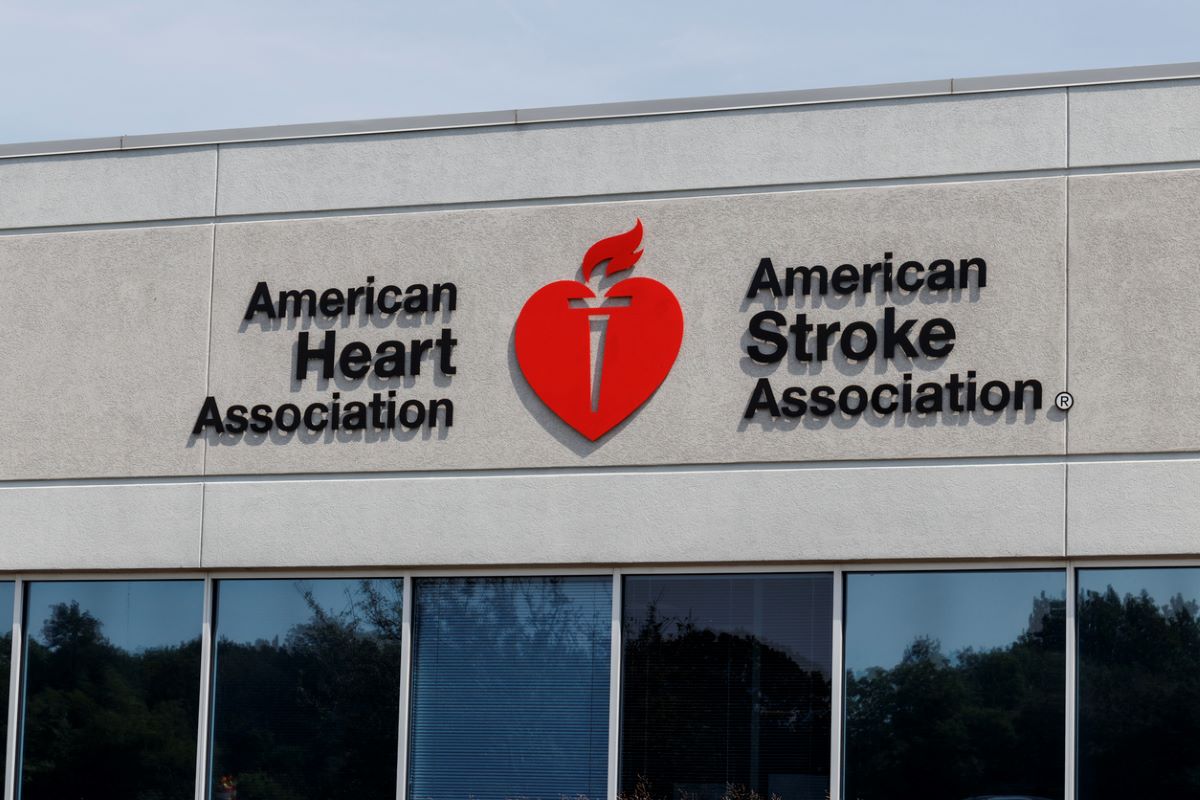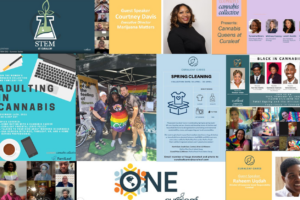Video livestream with execs and experts spearheads crisis response
The American Heart Association shifted to a remote strategy for its livestream video series, Innovation @Heart. That and other approaches led its response to the pandemic.

When news emerged in early January 2020 about COVID-19, American Heart Association leaders were alarmed.
As a science-based nonprofit saving lives for 96 years, the AHA engaged with national public health experts, and by mid-January it began planning for what leaders knew would be a serious crisis—and an enormous challenge for staff and communities.
How would AHA keep its 3,300-member staff in 100-plus offices informed and safe? How would its work and structure change? How would it move hundreds of in-person events to virtual? How would staff stay connected when suddenly working from home? How would AHA remain relevant and continue fighting the leading global killers—heart disease and stroke—in a world ruled by COVID-19?
To meet these challenges, AHA took several different approaches. One was a repurposing of its video livestream.
Innovation @Heart
Innovation @Heart had been launched in 2017, led by the CEO and staff, to report on AHA work.
On the Jan. 30 show, live COVID-19 updates began, delivered by AHA’s chief medical officer for prevention (the former head of public health for Texas), who updated it again in February.
Innovation @Heart became the weekly lead internal “breaking news” channel for the CEO, COO, CAO and CMO for Prevention.
All four appeared each week, presenting a united front against the crisis to staff. Each show covered COVID, organizational changes, “regular” business and, as warranted, societal events. The mantra of the show was, “When there’s news, you’ll hear it here first.”
On March 17, 2020, all AHA offices suddenly closed.
Within two days, tech staff invented a new setup, with in-house crew and guests executing 100% from home using Zoom, AWS Wowza browser and Mixlr. It was mobile-friendly and secure, with playback behind a company firewall.
The setup debuted March 19—two days after the office shutdown.
These “at-home” shows maintained high production values with videos, music, slides, graphics, multiple speakers and picture-in-picture views. Leaders answered staff questions on air. The show ran weekly from March 12–Aug. 3, then went monthly, continuing from home. The cost was $10 per episode.
Topics included the latest science on transmission, prevention, treatment and vaccines, as well as telemedicine, COVID health coverage, mental well-being, working from home and the death of George Floyd and other social justice issues.
Expert guests included Dr. Eduardo Sanchez, AHA CMO for Prevention, Tanya Odom, a diversity and inclusion authority, COVID researcher Orly Vardeny and more. Innovation @Heart ran 24 shows in 2020, with an average live audience from March through June of 2,528 (76% of staff), up 194%.
AHA reached out in other ways as well, including:
Intranet resource center
Within days starting in February 2020, the intranet resource center created a coronavirus guide, event transition toolkits, key messages, infographics and dozens more resources to help staff understand COVID. The “Making an Impact” series showcased AHA’s COVID research, advocacy and community work. Resources were updated continually.
Internal communications survey
AHA’s internal communications survey conducted text polls to promote awareness, empathy and two-way communication.
Questions included:
• Do you wear a mask?
• How many seconds should you wash hands?
• How are you feeling about working from home?
• What keeps you positive?
Employee Resource Groups
With staff separated, 10 employee resource groups and new Microsoft Teams community sites boosted personal connectedness.
New ERGs created in 2020 included parents, solo dwellers, introverts, Black, Latinx, LGBTQ, Asian and more.
Staff led online yoga, crafts, cooking and meditation, and chatted at new sites for books, celebrations, pets and more. The ERGs held 32 events in 14 months.
This story appears in Ragan’s Top Case Studies in Employee Communications and Culture guidebook, which you can access here.






